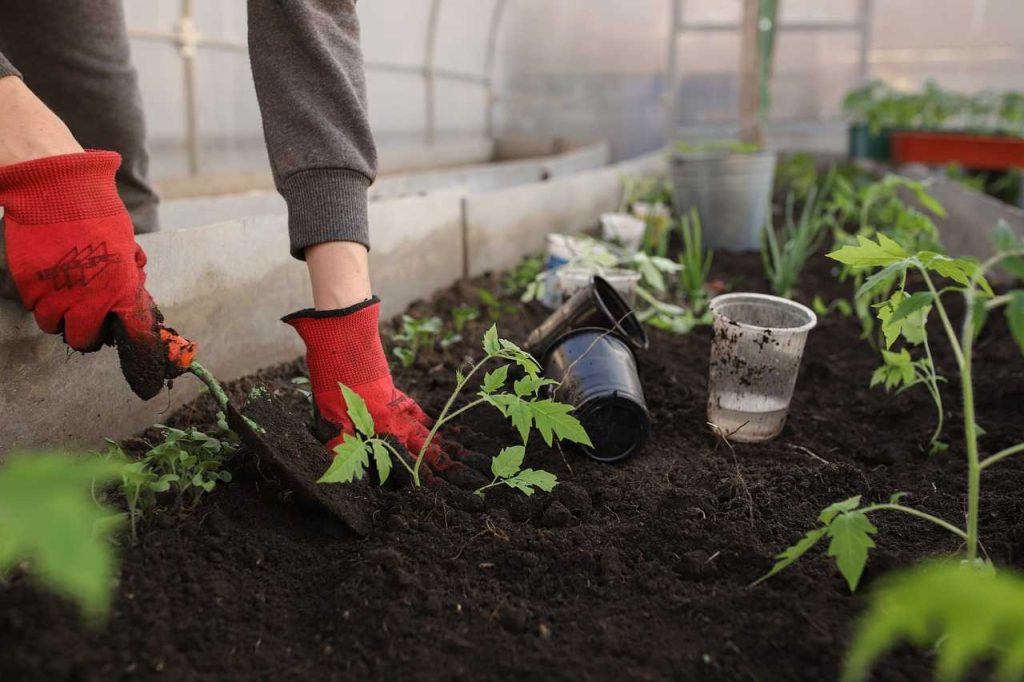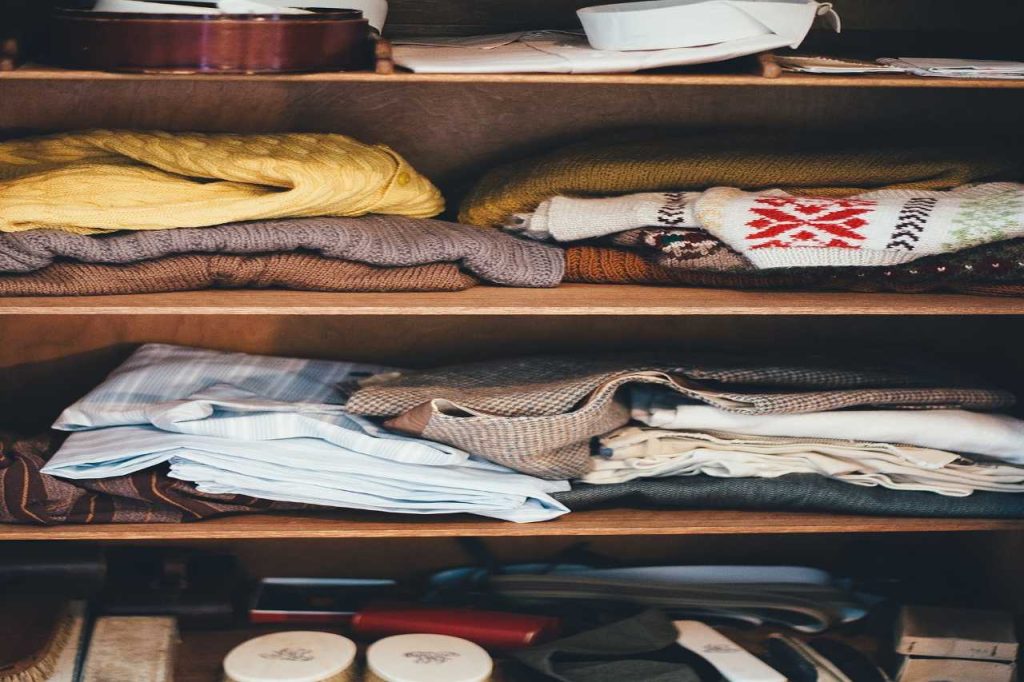The 1990s might not seem as distant as the wartime 1940s, but the housewives of this decade also practiced frugal living in their own unique way.
The ’90s was a period of transition—before the explosion of online shopping and modern conveniences. Back then, housewives embraced a blend of traditional values and modern strategies to make the most of their family budgets.
Today, we can learn a lot from these simple but effective methods that helped them save money, reduce waste, and maintain a comfortable lifestyle.
1. Embrace Couponing Like a Pro

In the 1990s, couponing became a go-to savings tool for many households. Whether clipping them from newspapers, receiving them in the mail, or collecting them from in-store promotions, coupons allowed housewives to save big on everyday essentials. It was all about being strategic—knowing which items to buy and when, and never missing out on a deal.
Pro Tip: In today’s digital age, couponing is even easier with online platforms and apps. Use coupon websites, apps like Honey, or store loyalty programs to score great discounts. Remember, even small savings add up over time!
2. Meal Planning and Bulk Buying
In the ’90s, housewives understood that meal planning and bulk buying could make a huge difference in the grocery bill. Planning meals ahead ensured that every ingredient was used efficiently, reducing food waste. Bulk buying was also popular, with families stocking up on non-perishable items at a lower price per unit.
Action Tip: Start planning your meals for the week before heading to the grocery store. Stick to your shopping list and avoid impulse purchases. When possible, buy in bulk for items like rice, beans, or pasta—items that will last and can be used in multiple meals.
3. Repurpose and Reuse
Recycling was a big trend in the ’90s, but frugal housewives took it a step further by repurposing and reusing items around the house. Empty glass jars became containers for leftovers, old clothes were transformed into cleaning rags, and broken furniture was fixed instead of being thrown away.
Why It Matters: In our throwaway culture today, learning how to reuse items can save you a lot of money. Before tossing something, think about how it could be repurposed or repaired. This not only saves money but also reduces waste and helps the environment.
4. Secondhand Shopping

Thrift stores, garage sales, and hand-me-downs were popular options for housewives in the ’90s. Buying secondhand wasn’t just about saving money; it was also about finding unique items and giving things a second life. Furniture, clothing, toys, and even electronics could be found at a fraction of the retail price.
Pro Tip: Thrift shopping is still one of the best ways to save money today. Explore secondhand stores, online platforms like eBay or Facebook Marketplace, and local garage sales to find treasures at a lower price. You might be surprised by the quality and style of items you can find.
5. DIY Home Repairs and Improvements
In the ’90s, housewives often took a hands-on approach to home maintenance. Instead of calling a handyman for every minor issue, they learned basic DIY skills to handle repairs themselves. From fixing a leaky faucet to painting a room, doing it yourself meant saving money on labor costs.
Idea: Start small by learning a few basic home repairs. There are plenty of online tutorials to guide you through tasks like fixing a door hinge, installing a shelf, or unclogging a drain. DIY home improvements can also be a fun family project!
6. Garden for Fresh Produce

Housewives in the 1990s valued having a small vegetable garden as a way to save on groceries while enjoying fresh, organic produce. Even a small backyard plot could yield tomatoes, cucumbers, herbs, and other essentials.
Green Thumb Tip: If you have outdoor space, try growing some easy-to-maintain vegetables. If not, consider starting a windowsill herb garden. Not only will it cut down on grocery costs, but gardening is also a relaxing and rewarding hobby.
7. Cash-Only Shopping
Another timeless frugal strategy from the ’90s was cash-only shopping. Without the convenience of debit cards or online payment systems, housewives often relied on cash for groceries, bills, and other expenses. This helped them stick to a budget and avoid overspending.
Try It Today: Using cash for discretionary spending, like eating out or entertainment, can help you stay within budget. It’s easy to lose track of spending with credit cards, but cash forces you to be more mindful of your purchases.
8. Entertainment on a Budget
In the ’90s, housewives found affordable ways to keep their families entertained without breaking the bank. Family movie nights at home, trips to the park, and free community events were common activities. Instead of splurging on expensive vacations, many families opted for road trips or staycations.
Frugal Fun: Look for local free or low-cost activities in your area. Plan movie nights, board game sessions, or outdoor adventures to keep your family entertained without spending too much. You don’t need to spend a fortune to create lasting memories.
9. Save on Utilities
Being frugal in the ’90s meant finding ways to cut back on household expenses, and utilities were a major focus. Housewives encouraged their families to turn off lights when leaving a room, limit water usage, and use energy-efficient appliances.
Utility Savings Tip: Implement simple habits like turning off electronics when not in use, taking shorter showers, or using a programmable thermostat to control heating and cooling. These small actions can add up to significant savings over time.
10. Teach the Kids About Money
One of the most valuable lessons from ’90s housewives was teaching children the importance of saving and managing money wisely. Through allowances, chore-based rewards, and family discussions, children learned the basics of budgeting and financial responsibility.
Smart Parenting Tip: Encourage your children to save money by giving them small allowances for completing chores. Teach them about the value of saving, spending, and giving back. These lessons will stick with them for life.
11. Stockpiling Non-Perishables
In the 1990s, it was common for families to stockpile non-perishable goods like canned foods, pasta, and cleaning supplies when they were on sale. This method not only saved money in the long run but also ensured the pantry was always full.
Pro Tip: Keep an eye on sales and buy in bulk when items like rice, beans, or laundry detergent go on discount. Stockpiling ensures that you won’t need to buy items at full price later on, giving you more control over your grocery budget.
12. Sewing and Mending Clothes

Before fast fashion took over, housewives in the ’90s knew how to sew and mend their family’s clothes to make them last longer. Patching up jeans, sewing on missing buttons, or even altering hand-me-downs were common practices to avoid buying new clothes.
Frugal Fashion: If you have a sewing machine, try learning a few simple techniques to mend or alter your clothes. It can extend the life of your wardrobe and help you save money on clothing expenses.
13. Use Loyalty Programs
Housewives in the ’90s loved loyalty programs. Grocery stores, drugstores, and even gas stations offered reward points or discounts for loyal customers. By sticking to the same stores, families could accumulate savings over time.
Today’s Tip: Take advantage of loyalty programs, credit card rewards, and cashback apps. Many retailers and services offer points or discounts for repeat business. Use these rewards to offset the cost of future purchases.
14. Canning and Preserving Food
Preserving food was another skill many ’90s housewives excelled at. Whether it was making homemade jams, pickles, or sauces, canning ensured that surplus produce didn’t go to waste and could be enjoyed year-round.
Food Preservation Tip: If you have access to fresh fruits and vegetables, learn how to can or freeze them. It’s a great way to make your food last longer, and you’ll enjoy homemade jams or pickles for months to come!
15. Plan for Big Purchases
The idea of saving for larger purchases was a common practice in the ’90s. Whether it was buying a new appliance, a family vacation, or home repairs, housewives knew how to set aside money each month until they had enough saved.
Big Purchase Tip: Before making a large purchase, create a savings plan. Set aside a small amount of money from each paycheck and avoid using credit. This helps prevent debt while allowing you to make significant purchases without financial stress.
Conclusion: The Legacy of 1990s Frugality
The housewives of the 1990s knew how to manage their money and resources with care, and their strategies are still just as relevant today. By embracing these timeless savings tips, you can reduce your expenses, live more sustainably, and gain control over your financial future—just like the smart, frugal women of the past.

